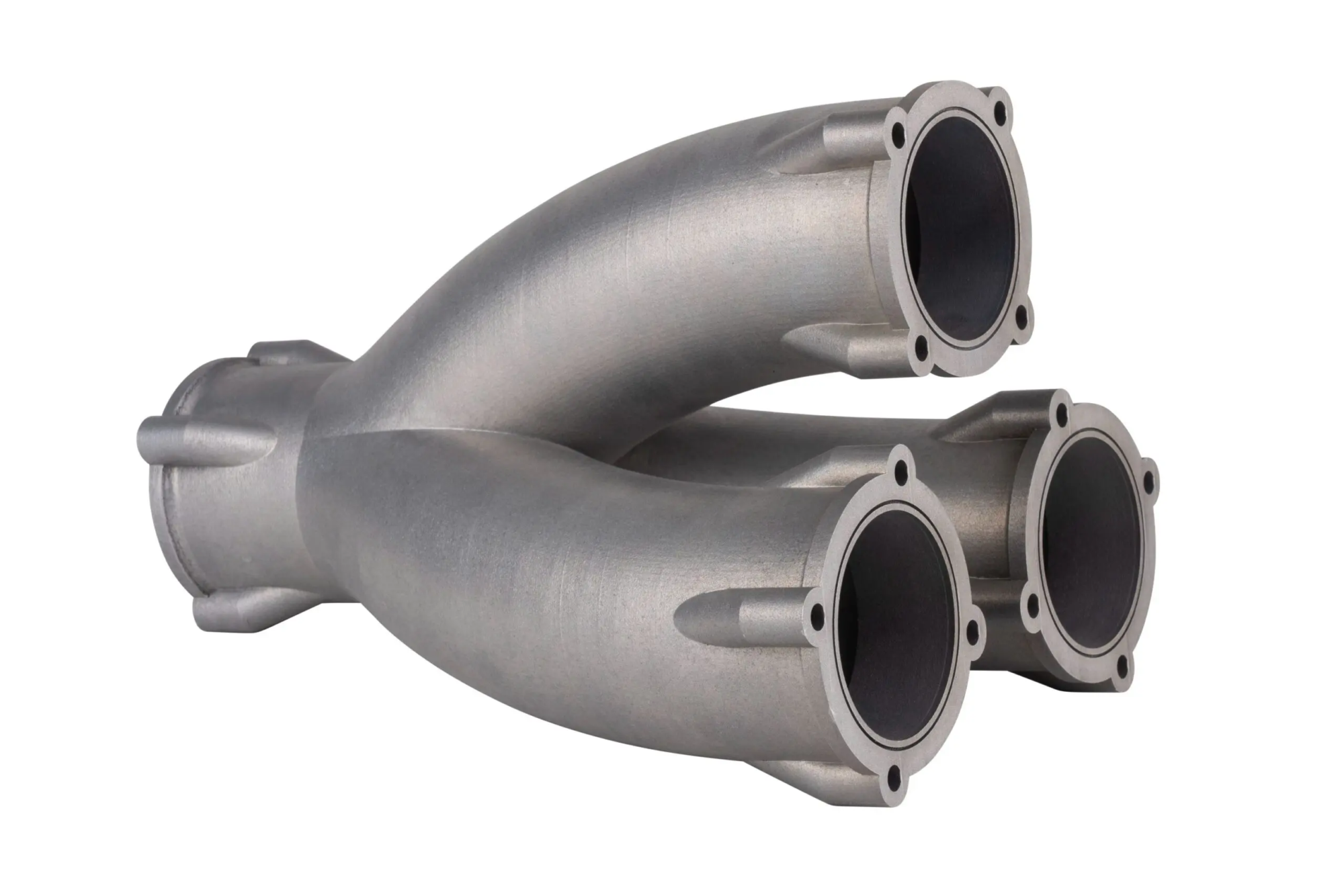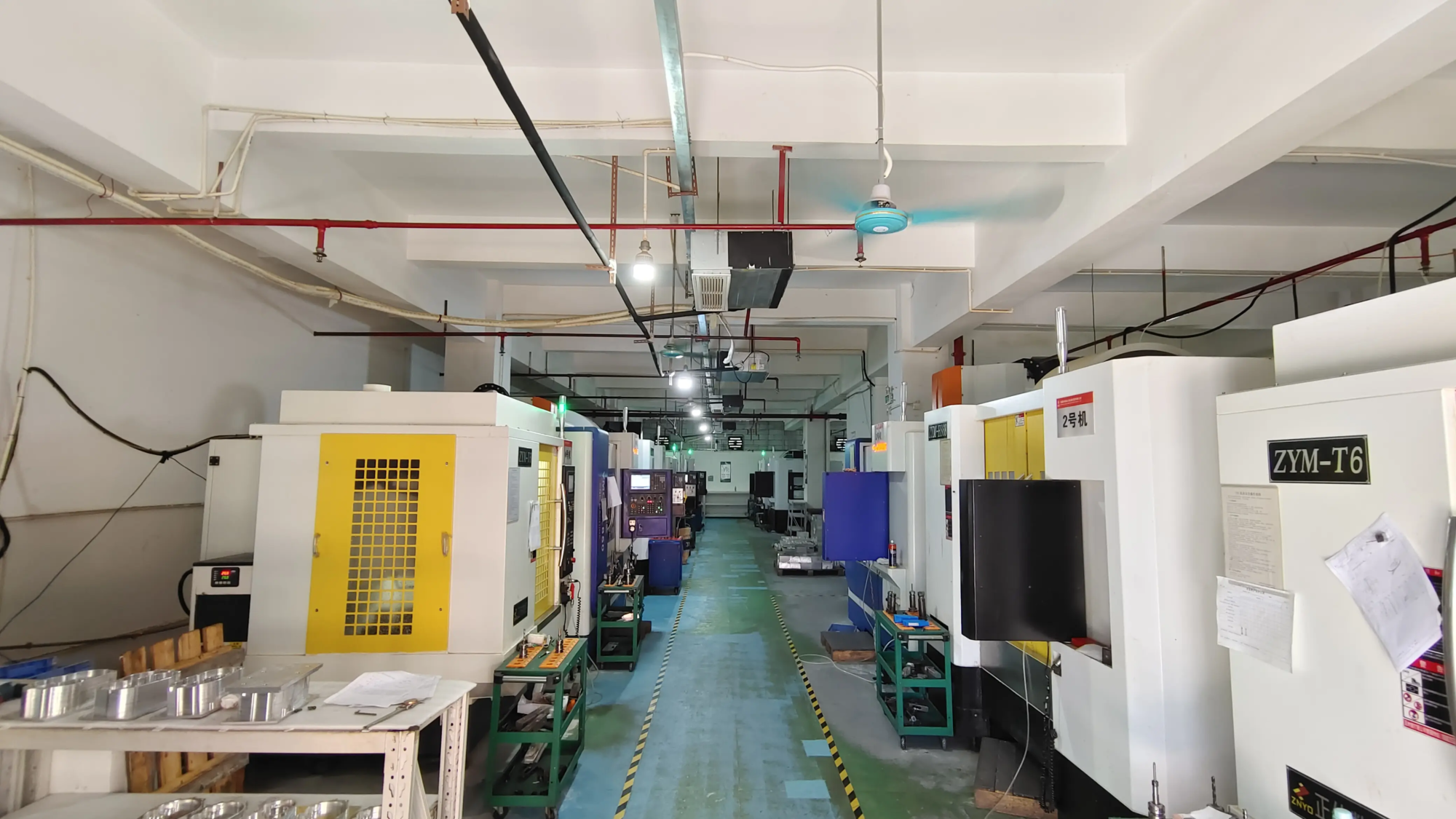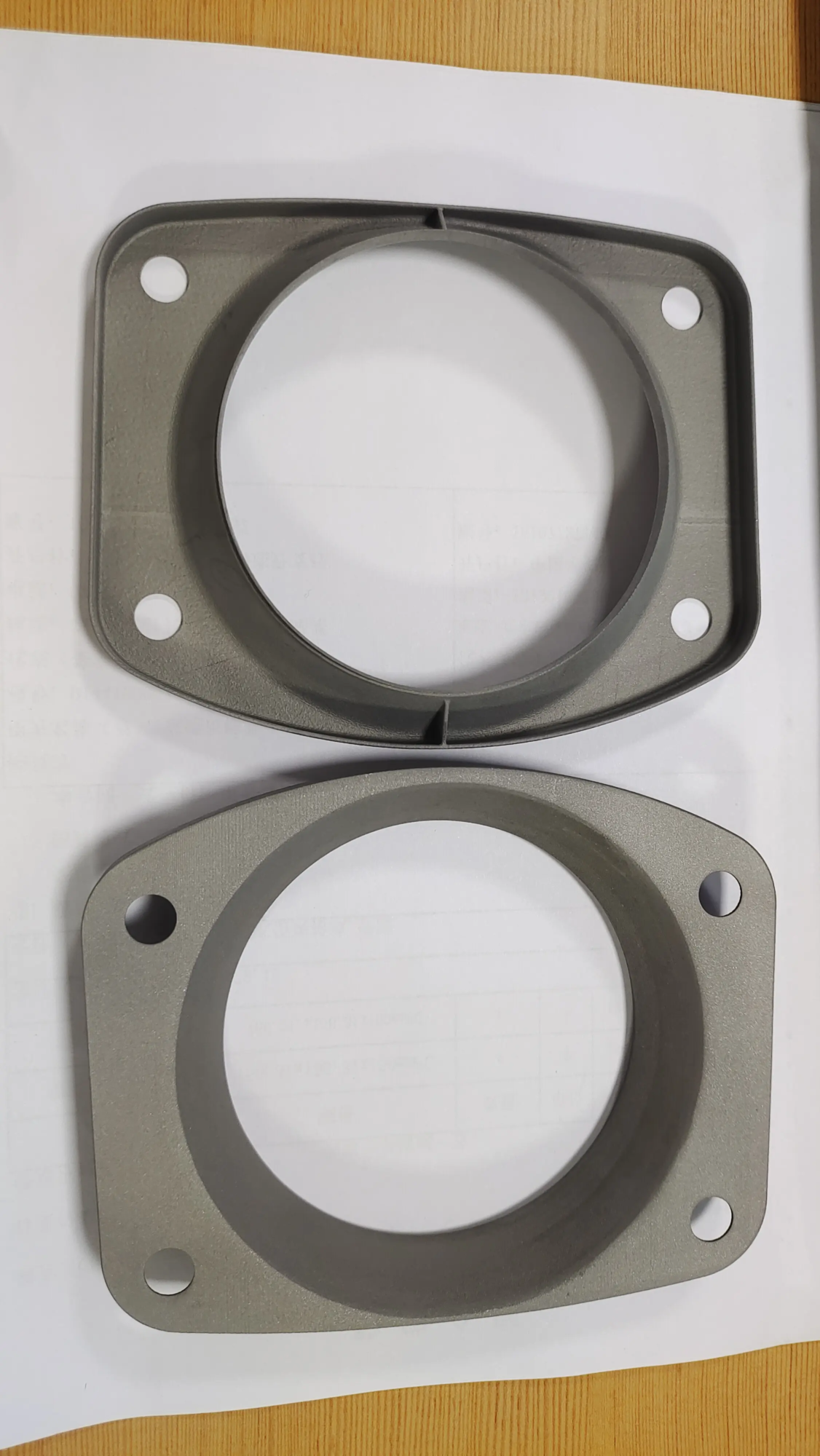In the manufacturing and instrumentation fields, tolerance is defined as the authorized error limit. This concept is also crucial in 3D printing. To understand the meaning of tolerance in additive manufacturing, two key characteristics must be clarified: precision and precision.
PrecisionIt refers to the extent to which the measured value is close to real value.For example, in the case of shooting with a bull eye, the precision is whether it can hit the eye of the bull.In 3D printing, the precision is reflected in the question of whether the printing size is exactly the same as the CAD design.
RepeatabilityIt refers to the consistency of the results of several impressions.In 3D printing, repeatability means if the same machine can stable the same parts stable.
Tolerance affects both precision and repeatability. It allows certain deviations in the rooms during manufacturing, while ensuring that these differences do not affect the function of the parts. So how do users optimize the parameters to consider tolerances? How do these differences occur? Let’s learn this practical knowledge with the resource library below.
Factors affecting tolerances
1. 3D printing technology
Different 3D printing technologies have different tolerance ranges. For example:
– molding of the melting depot (FDM): the tolerance is approximately ± 0.5% (± 0.5 mm per 100 mm).
– Photocurage molding (SLA): Low tolerance, about ± 0.2%.
– Maisse Multi-jet (MJF) and selective laser sipper (SLS): tolerance is around ± 0.3%.
– Direct metal laser sintering (DML): tolerance is ± 0.2% (about 0.1 to 0.2 mm per 100 mm).
– Polyjet: minimum tolerance, approximately ± 0.05-0.1 mm (per 100 mm).
2. Performance of the 3D printer
More basic and cheaper 3D printers generally have higher tolerances, while industrial quality equipment has lower tolerances. In addition, user’s operational behavior will also affect tolerances.
3. Material retraction
The material shrinks during heating, and the amount of withdrawal varies depending on the materials and the manufacturer. For example, the wires with a diameter of 2.85 mm are generally more tolerance than 1.75 mm of threads. Temperature changes too quickly can also cause unequal removal, which can cause problems such as deformation.
4. Layer thickness and minimum characteristic size
The thickness of the layer (resolution of the Z axis) and the minimum size of the characteristics directly affect the precision of the printing. Bad intercouche membership or calibration problems can cause dimensional differences.
5. Post-processing
Post-processing steps such as smoothing, grinding and elimination of support structures can modify the size of the parts, thus affecting tolerances.
How to optimize printing to reduce tolerances
Although tolerances cannot be completely eliminated, the following methods can be used to reduce deviations and optimize printing quality:
1. Print the calibration model
Download and print calibration models to help understand tolerances for specific 3D printers. By precisely measuring the printing size, determining the deviation beach and optimizing the parameters such as the height of the layer, the print speed, the nozzle temperature and the filling rate.
2. Keep the printer regularly
Clean the print bed regularly, fix the screws and lubricate the mobile parts to ensure printer stability. Horizontal calibration and properly installed extruders also considerably improve the precision of the printing.
3. Test and adjustment
Tolerances are considered in the design, especially when the tight adjustment is required. Make sure that printing results are consistent with expectations thanks to several tests and adjustments.





